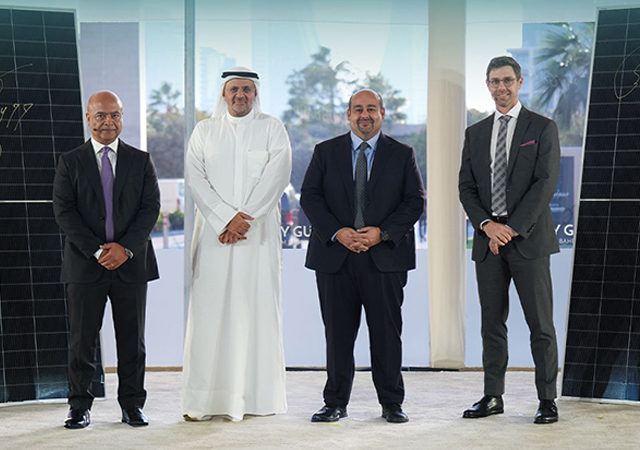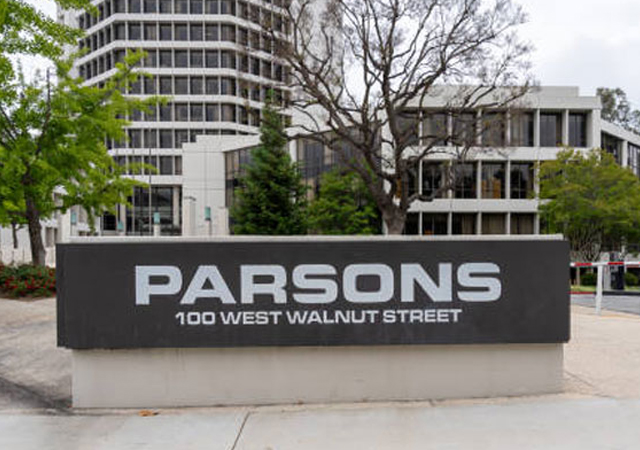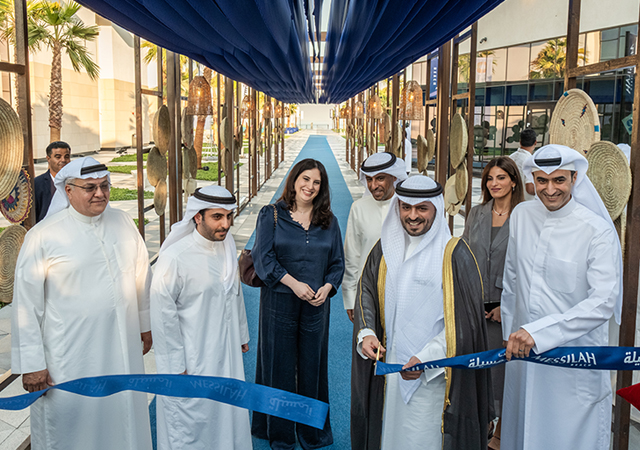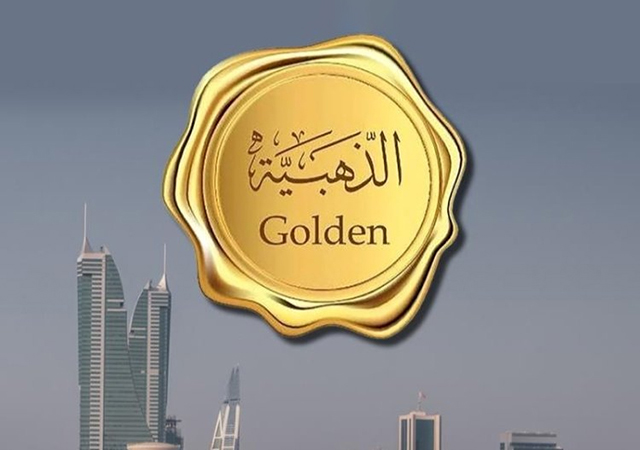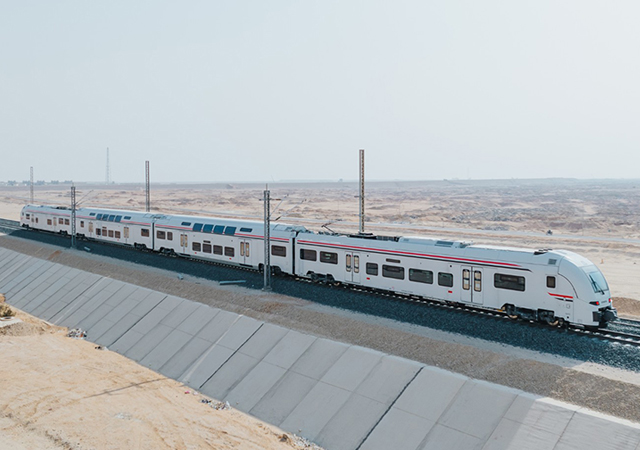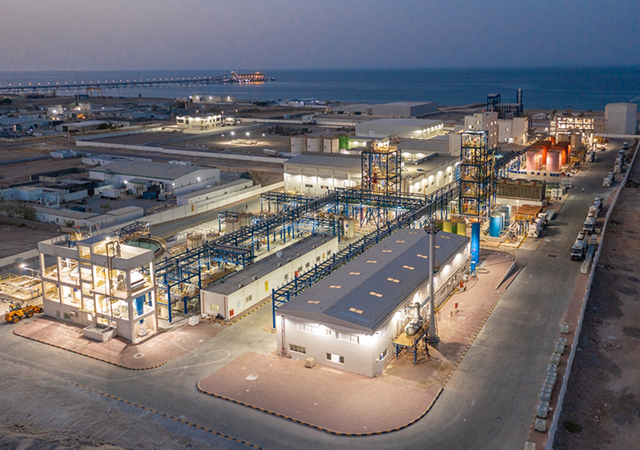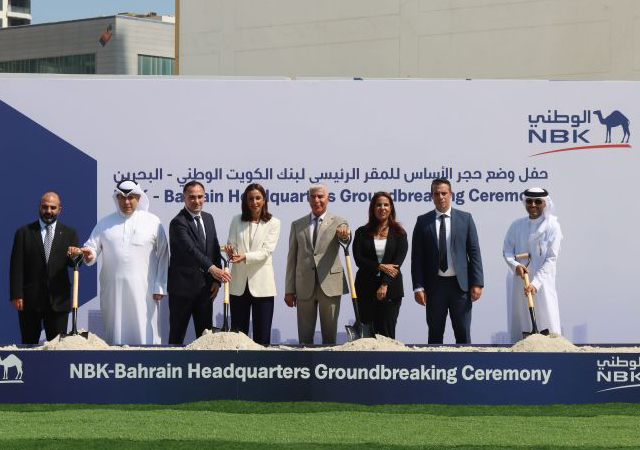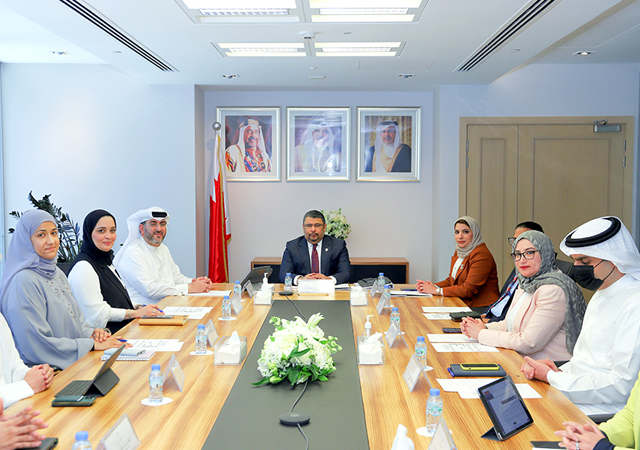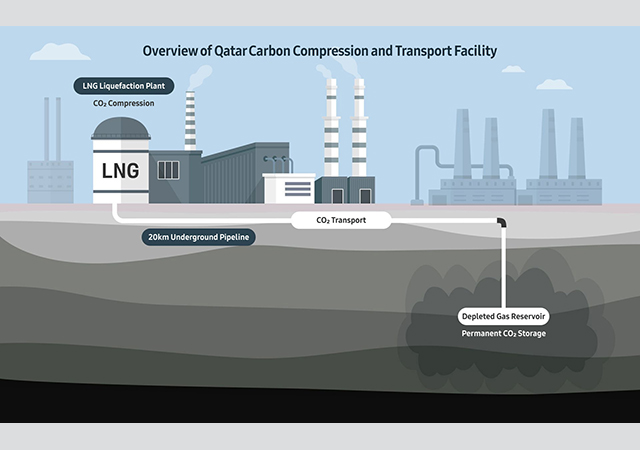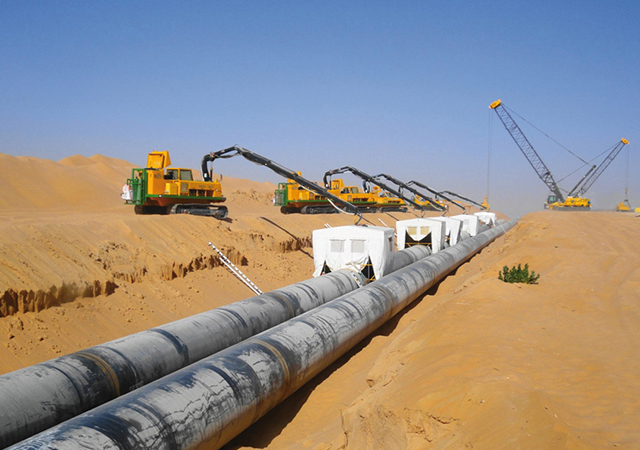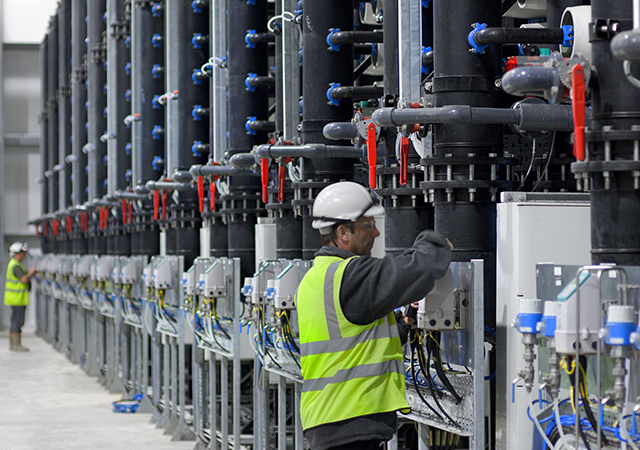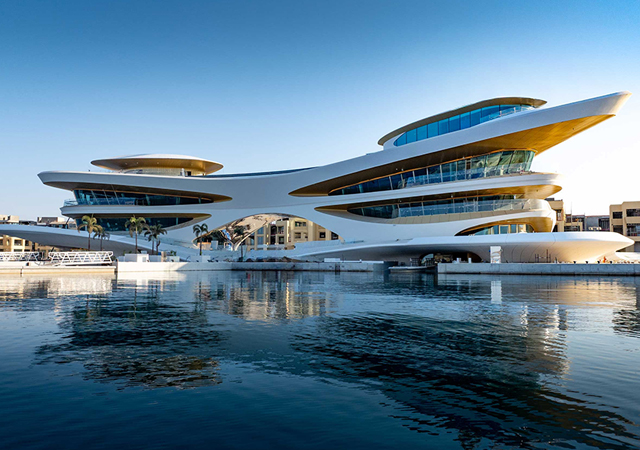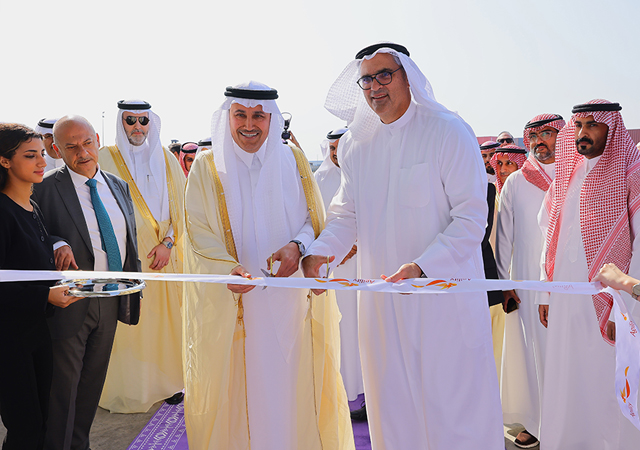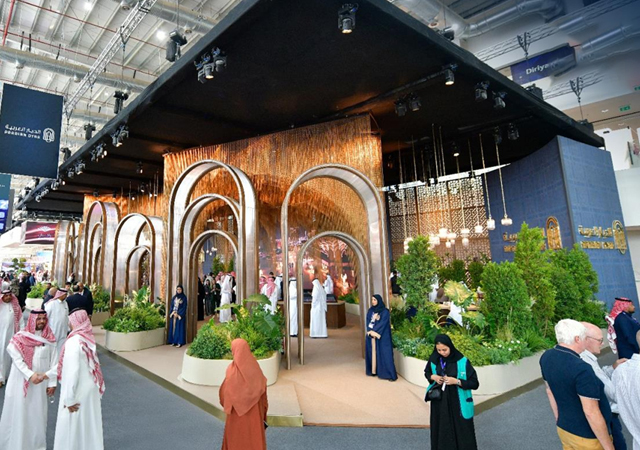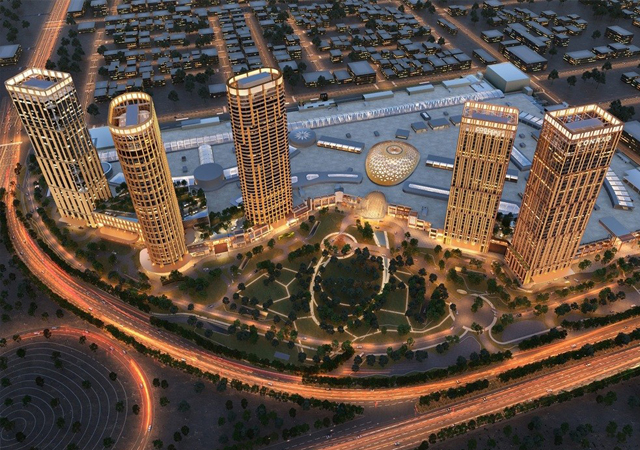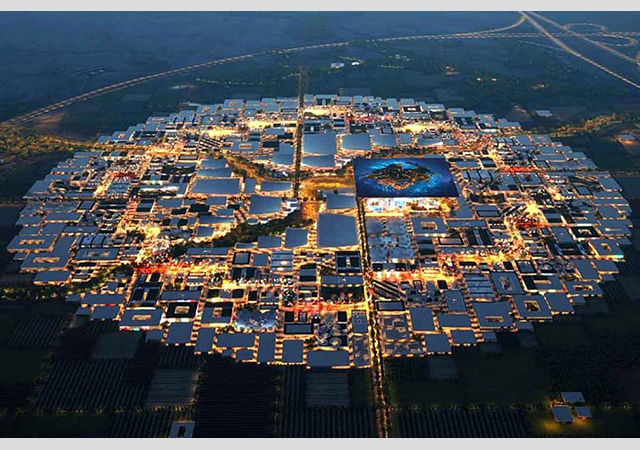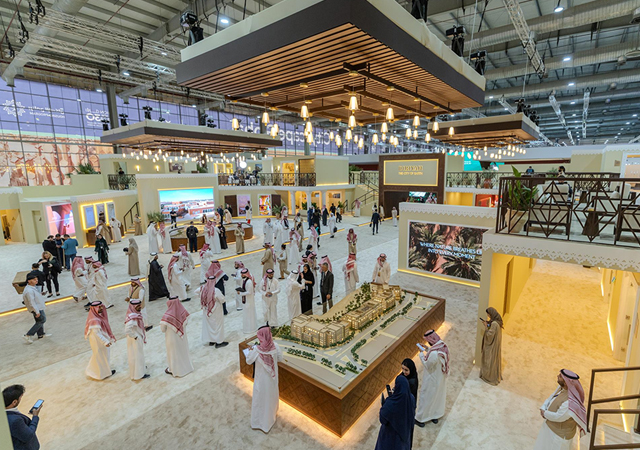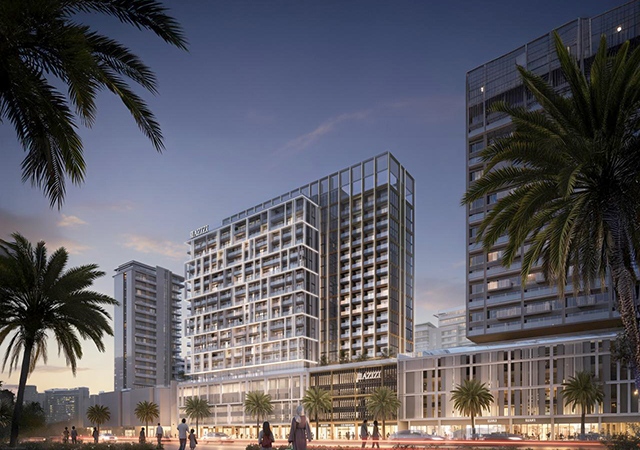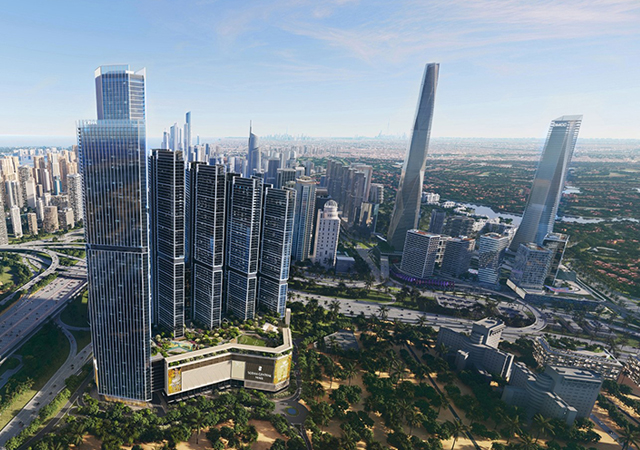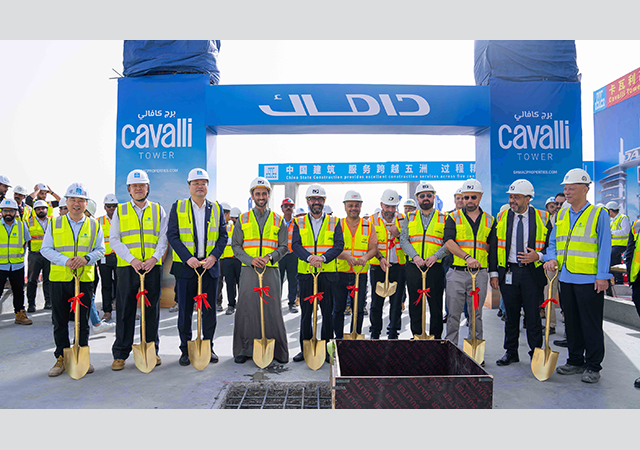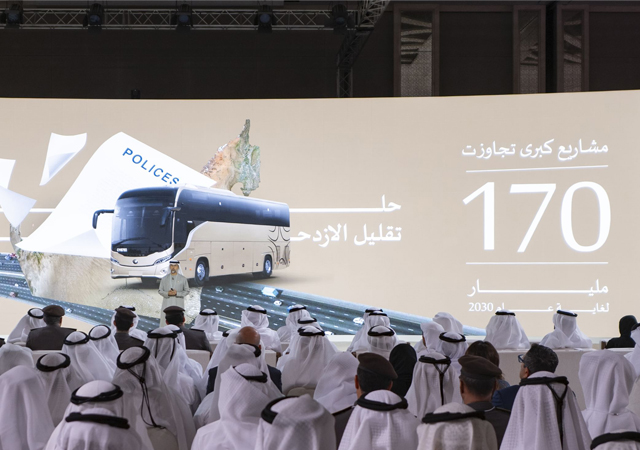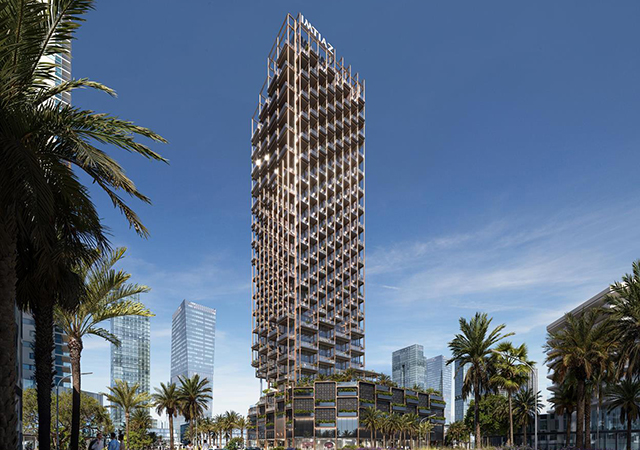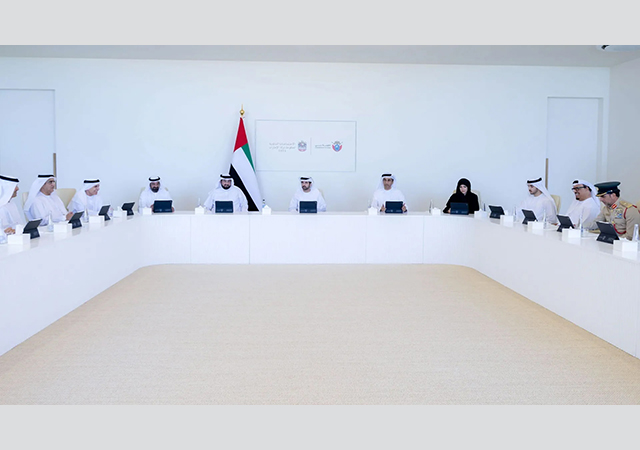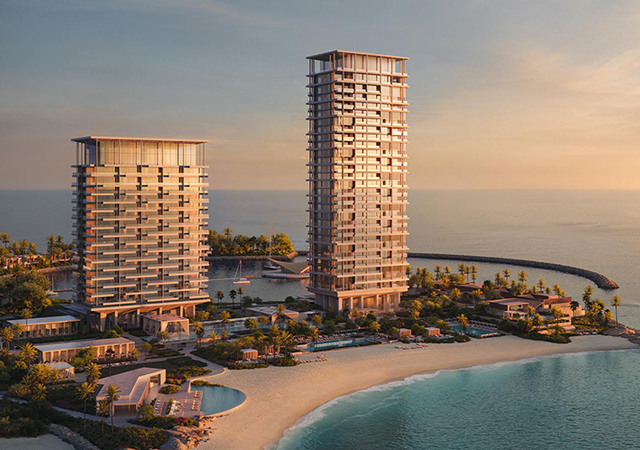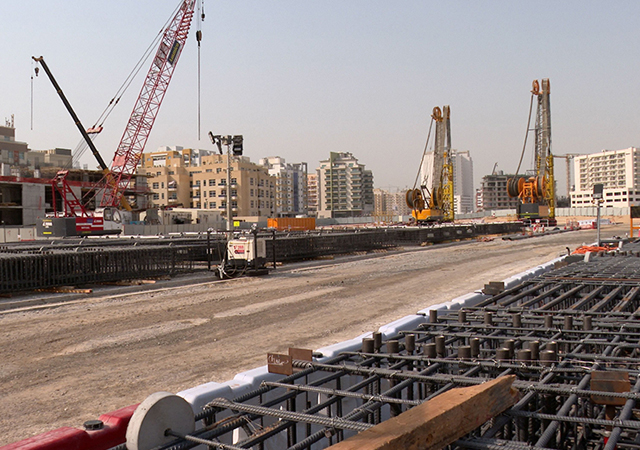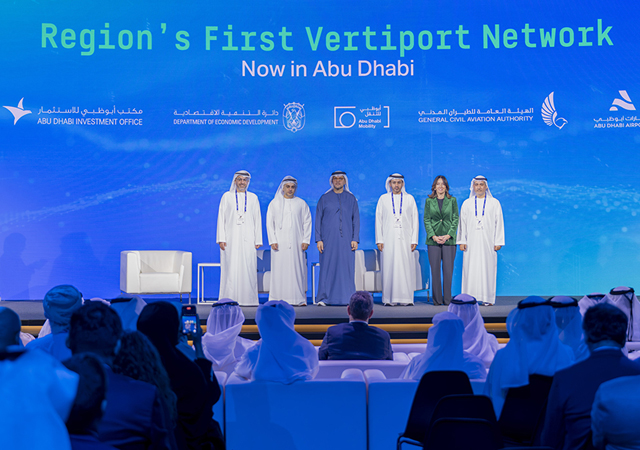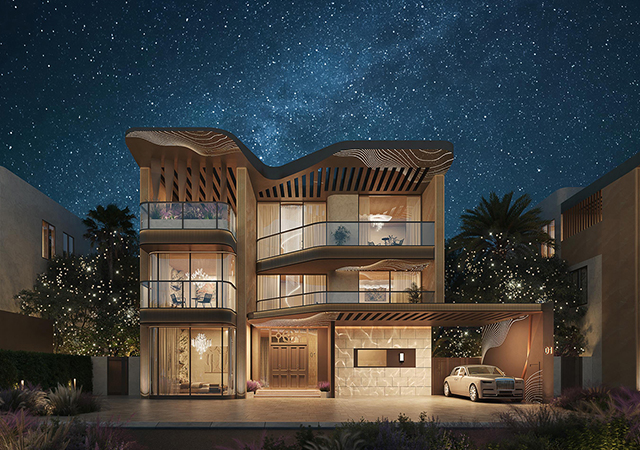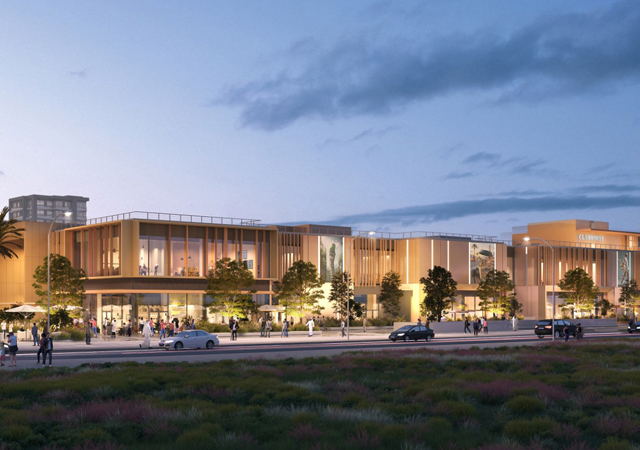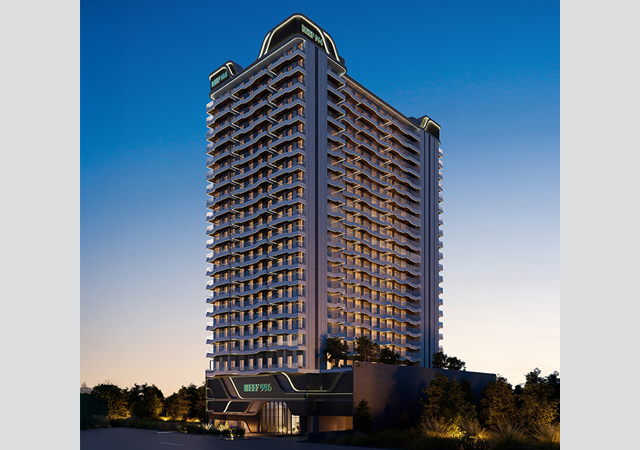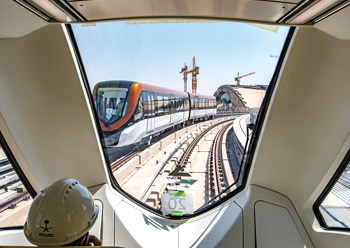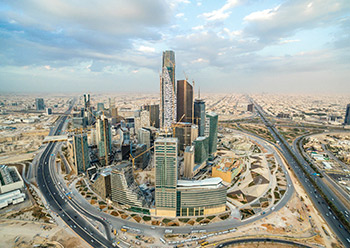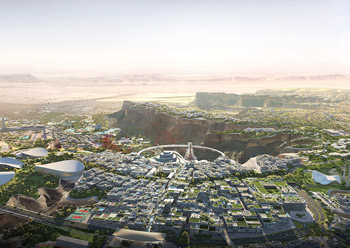
 Bujairi will be home to Riyadh’s new premium dining hub.
Bujairi will be home to Riyadh’s new premium dining hub.
A unique development centred around the jewel of Saudi Arabia, At-Turaif, the country’s Unesco World Heritage site, is set to take shape in the Riyadh region some 15 minutes northwest of the centre of the capital. Diriyah Gate, as it is called, is expected to be the first destination of its kind in the kingdom and aims to provide a new way of living for Diriyah’s residents.
In an exclusive interview with Gulf Construction, Jonathan Timms, Chief Design & Development Officer at Diriyah Gate Development Authority (DGDA), says: “Diriyah is the birthplace of the kingdom and wider Arabian Peninsula, and home of the first Saudi State. The DGDA’s mission is to anchor our vision for the future on this jewel from the Saudi past.”
The development will harmoniously combine authentic Najdi architectural style with world-class amenities – all within the convenience of a mixed-use urban community.
 |
|
A bazaar at Diriyah Gate. |
“Through the implementation of our masterplans, we’re developing a series of integrated cultural and heritage experiences, which celebrate the region’s rich past, intersecting them with a range of individual experiences spanning culture, entertainment, retail, hospitality, education, and residential,” he adds.
The 7-sq-km heritage and tourism destination aims to attract more than 25 million visitors annually and appeal to the local population of Riyadh – which is anticipated to expand to 15-20 million by 2030 – as well as inbound global audiences.
On completion, the development will include 20 hotels, a diverse collection of museums and cultural institutions, a bustling retail heart and over 100 food and beverage outlets.
“Diriyah will become one of the Middle East’s most walkable cities, an experience unlike anywhere else in the region, incorporating a stunning collection of more than 20 heritage and culture offerings including major museums, academies, and cultural institutes as well as residential and retail districts, luxury hotels and commercial offices,” Timms remarks.
Diriyah reflects the Najdi architectural typology and urban planning of 300 years ago and will be carefully adapted and developed for 21st century living – from the meandering urban self-shaded pedestrian-focused streetscapes to the beautiful natural landscape of Wadi Hanifah, incorporating cycle tracks, horse bridle paths and natural gathering places for the people of Riyadh, he explains.
 |
|
An artist’s perspective of a hotel at Diriyah Gate. |
Given Diriyah’s significance in the kingdom’s history, buildings will be created in the traditional stone-and-mudbrick Najdi architectural style to reflect their surroundings. In addition, the entire area will be enhanced with the restoration of the historic palm groves and farms, combined with new walking trails and picnic areas for the community to gather and enjoy.
“The Najdi architectural style has stood the test of time with its beneficial qualities of this typology (rigidity, cooling and mudbrick), and we are confident that by remaining true to the history and legacy of the birthplace of Saudi Arabia, while also supporting world-class assets and a highly contemporary, modern way of living, we will ensure a long-term appeal to a broad range of visitors and residents, both local and international. Flexibility and adaptability in our building planning across the asset classes over time will be core to making the destination relevant long term,” he says.
All the museums will be built in the Najdi vernacular architecture and world-class design consultants are currently being procured through design competitions for each museum, according to Timms.
“The museums will house state-of-the-art exhibitions creating a contrast with the traditional architecture. For example, the Digital Art Museum will house digital artworks by contemporary Saudi and international artists within a Najdi-style building. The House of Al Saud and the Saudi State and Arabian Peninsula Museum will contain permanent exhibitions that narrate the stories of the ruling family, the people and the land in cutting-edge and engaging presentations, together with auditoria, educational facilities, landscaping and open plazas, and VIP facilities,” he says.
Design work on many of the cultural assets is scheduled to begin shortly, he adds.
 |
|
A courtyard at a Diriyah Gate hotel. |
Key players
Some of the leading international names in the architectural design and engineering as well as construction fields have already been enlisted to extend their expertise for the project. Project managers appointed for the development include WSP, Arcadis, Currie & Brown, Jones Lang LaSalle and Jasara; masterplanners include Atkins, Gillespies and Cracknell; and designers are Aecom, Gensler and CRTKL. Khatib & Alami, V3 and Arcadis are responsible for construction supervision, while Marco, Arail, Al Yamama, Binyah and Badan are the contractors appointed to date.
Some of the DGDA’s key criteria for selecting construction companies to implement the project include a focus on health and safety, reliability, financial stability, and capability to deliver.
“The DGDA is delighted to work with local Saudi contractors wherever possible, and a large number of contract awards have already been made with local firms. We would love for the whole project to be built by local Saudi contractors, but as we study the market as some of our bigger packages come on-board, we’re going to have to understand who is in the market, and what their current capacity levels are.
“Capacity sometimes dictates that it’s necessary for the DGDA to work with international contractors. We’ve, for example, recently appointed 24 leading architectural firms from around the world to participate in architectural design competitions. Upon selection of the successful entrants, the appointment of the consultant teams for the hotels will proceed, with the balance of 2021 being devoted to design,” he says.
According to Timms, early site works packages are planned for the beginning of 2022.
 |
|
A Diriyah Gate resort ... combining Najdi architecture with contemporary living. |
Work under way
In line with the overall ambitions for the development, the Unesco World Heritage Site, At-Turaif, has been restored and preserved as one of the key initial areas of redevelopment.
The restoration of the historic valley, Wadi Hanifah, has also begun. Wadi Hanifah runs for 110 km from one end of Riyadh to the other, and the DGDA has obtained an area of 2 sq km as part of its masterplan. “We’re focusing on rejuvenating and restoring the Wadi palm groves, which were a big part of life going back hundreds of years ago. We want to restore the palm groves and historical agriculture, as well as create a range of passive and active recreational opportunities including bike tracks, horse bridle paths in addition to cultural experiences within the Wadi for both the local people from Riyadh and guests visiting the site,” Timms indicates.
One of the first areas to benefit from the transformation plans for Diriyah is the existing Bujairi district which later this year will experience a major upgrade, significantly beautifying the area, improving infrastructure and enhancing the quality of life for the community: Bujairi will be home to Riyadh’s new premium dining hub, enjoying uninterrupted views of At-Turaif; the Diriyah Art Oasis – one of Saudi Arabia’s first arts centre dedicated to contemporary art; and a luxury hotel – Samhan Heritage Hotel.
DGDA is using authentic Najdi construction materials and techniques adapted for modern contemporary living for the construction of Diriyah Gate.
Commenting on the construction of this remarkable destination, Timms says: “We are embarking on building one of the world’s foremost mudbrick cities, and are committed to the authenticity of what we are recreating. At the same time, we have a responsibility to our commercial assets, and as part of our planning, we have built a mock-up of the Najdi architecture that demonstrates how we are in keeping with the authentic style whilst adapting, where needed, to accommodate the building requirements of today.”
Sustainability
Turning to the sustainable features built into the design and construction of the development, he says: “Najdi architecture is inherently sustainable, with excellent insulation techniques. The DGDA has a sustainability-first approach in developing the appropriate systems to protect the environment and ensuring their implementation as part of the development project.
“For each of our masterplanned communities, an Environmental Impact Assessment (EIA) is prepared, following the General Authority of Meteorology and Environmental Protection (Gamep) requirements. To ensure that its projects align with the kingdom’s wider Vision 2030, the National Transformation Program, the United Nations (UN) Sustainable Development Goals, and findings from the KSA Voluntary National Review in 2018, the DGDA developed a sustainability strategy for the Diriyah Gate and Wadi Safar masterplans.
The DGDA has sustainability principles embedded into all of its projects, at the community level as well as at the asset level, in order to contribute to the achievement of Vision 2030, he adds.
The Diriyah Gate masterplan includes Sustainability Development Guidelines, which were developed by the DGDA’s sustainability consultants, based on international best sustainability practices and took into account the relevant requirements of well-known sustainability rating systems, such as the US Green Building Council’s (USGBC) Leadership in Energy and Environmental Design (LEED), as well as Saudi Arabia’s sustainability rating system, Mostadam.
So has the Covid-19 pandemic impacted the timeline of the project?
“The DGDA is on track, on time and on budget with its masterplan pipeline. Credit must go to the kingdom’s leadership in how they have proactively addressed the pandemic. The kingdom’s leaders have been very pragmatic in terms of ensuring the previous lockdowns, but they also offered us the flexibility to get on with the things that we needed to do in a safe way. As a team, we addressed how we could progress our project while still being safe for our contractors, customers and our staff,” Timms points out.
“We’ve also spent time conducting a re-analysis of our target markets and priorities – with an immediate-term focus on local and regional markets initially as domestic tourism recovers first, then looking to international to fulfil pent up travel demand. The pandemic has brought about shifts in consumer mindsets which can also be capitalised upon – a desire for remote, off-the-beaten-track locations that are under populated; meaningful, carefully curated trips that are more unusual and thoughtfully chosen,” he adds.
Some of the Diriyah Gate assets are opening at the end of 2021 with the majority of the assets to be progressively completed between the end of 2023 and the end of 2025.
“By working on a project of such historical importance, we are responsible for recreating and reimagining an important part of Saudi history, and reconnecting Saudis with their cultural heritage. There is an enormous sense of responsibility in developing Diriyah – a place that is held so dearly in the hearts and minds of Saudis. Day to day, it’s an exciting environment with a fast-paced programme, and it’s an honour to work so closely and engage with such an inspirational leader as HRH the Crown Prince Mohammed bin Salman who gives us such detailed input and direction ongoing,” Timms concludes.



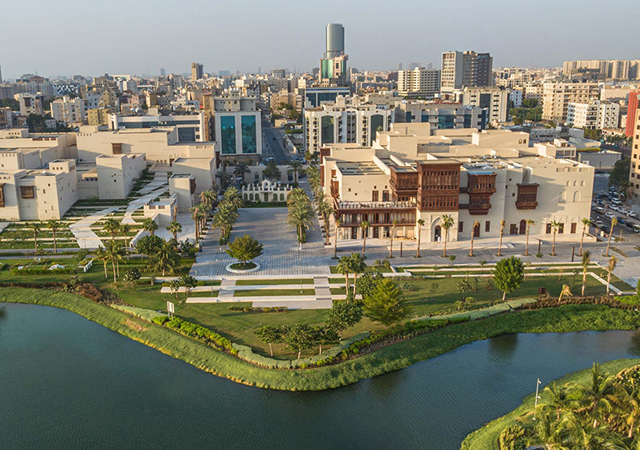
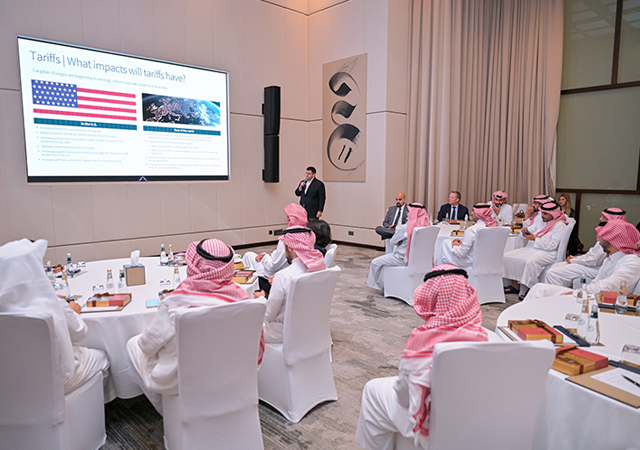

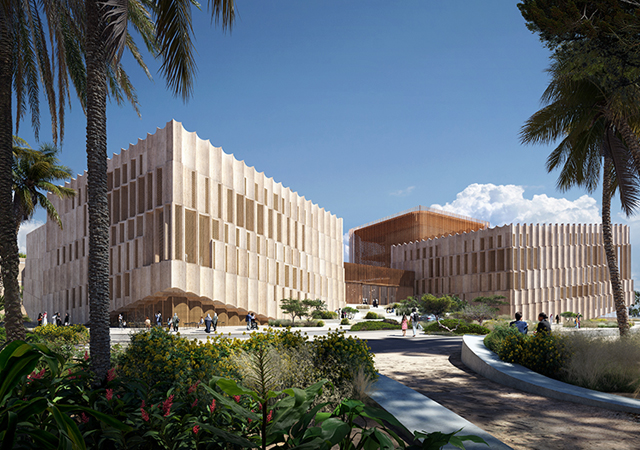

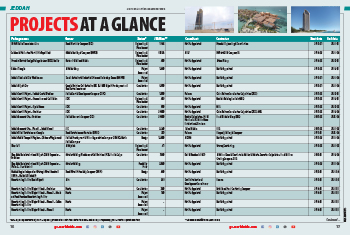
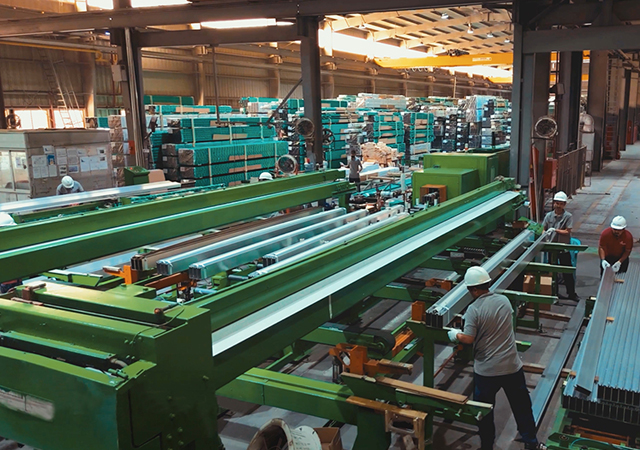



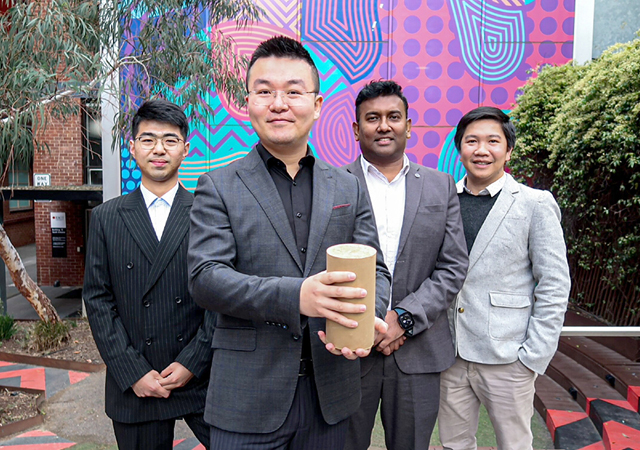
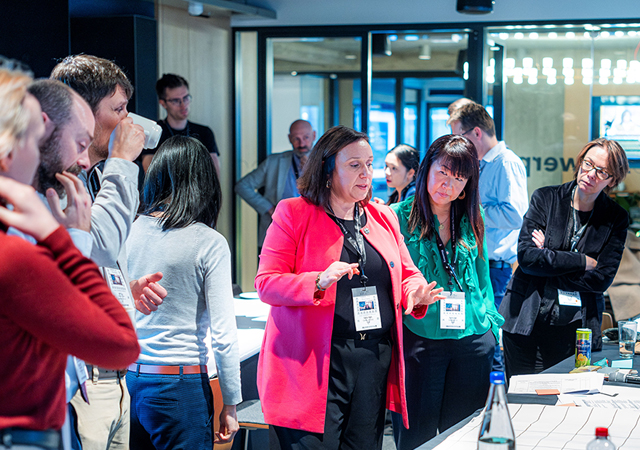
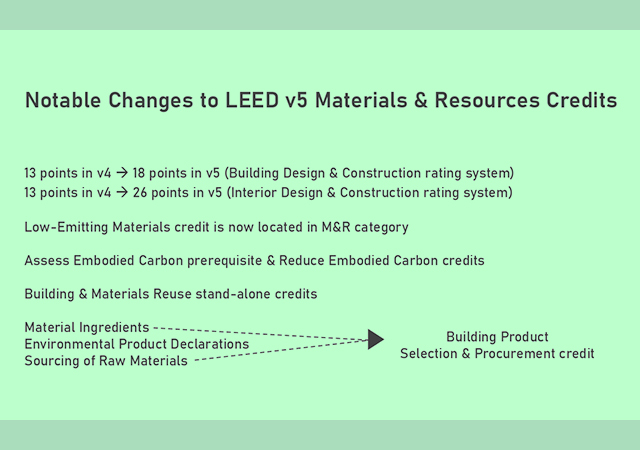
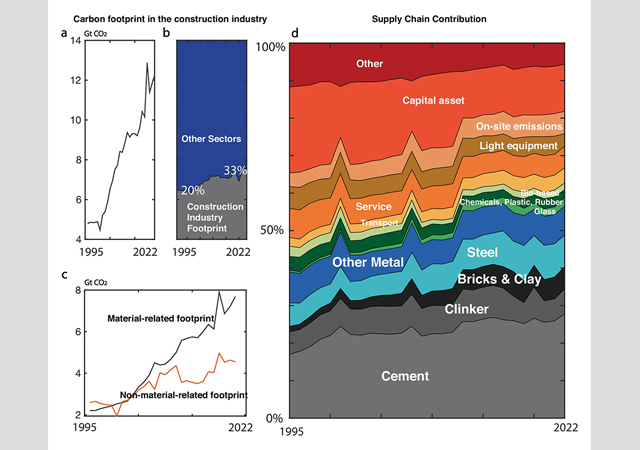
.jpg)
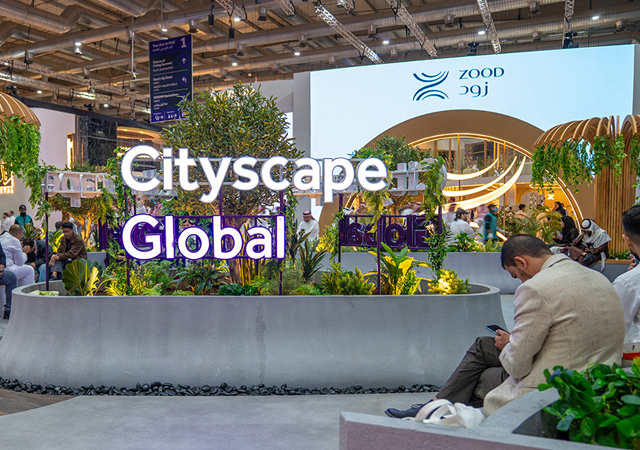
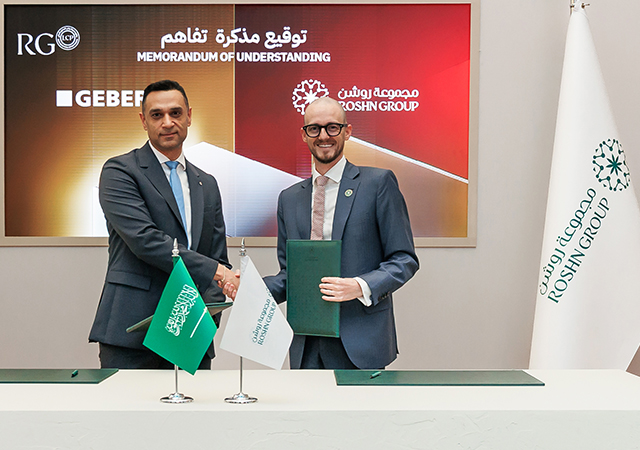

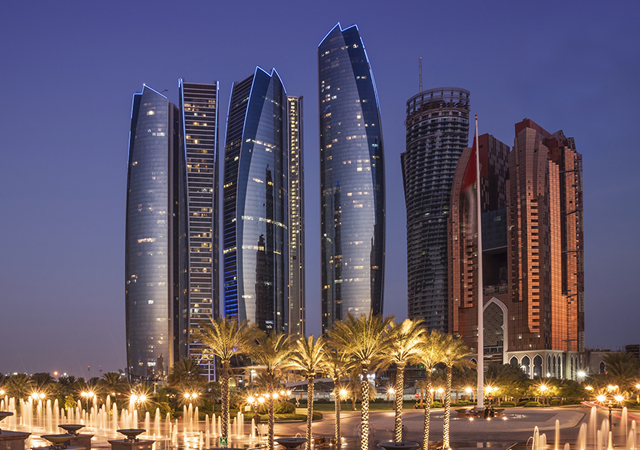


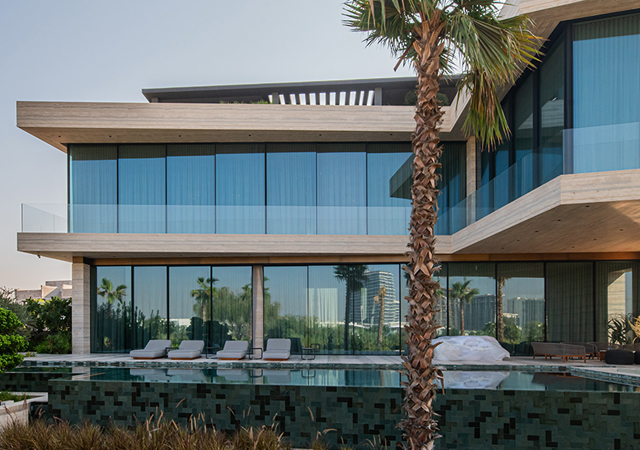





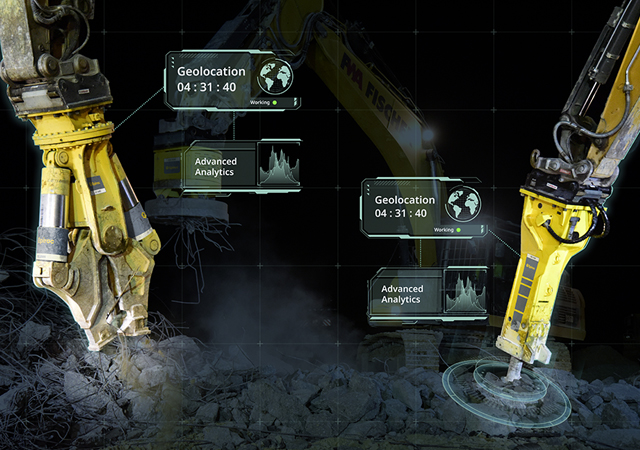
 (1).jpg)

